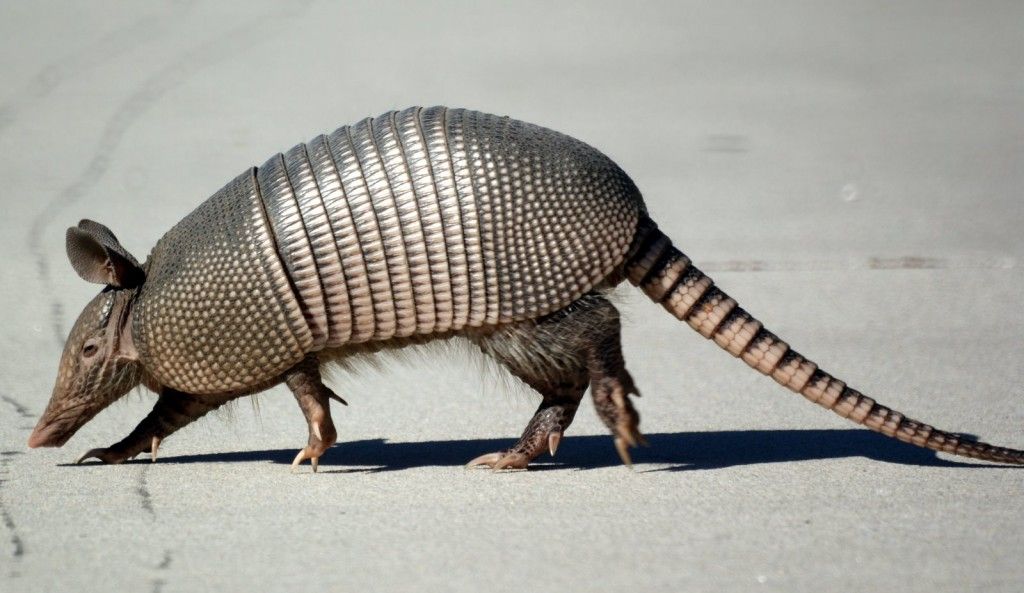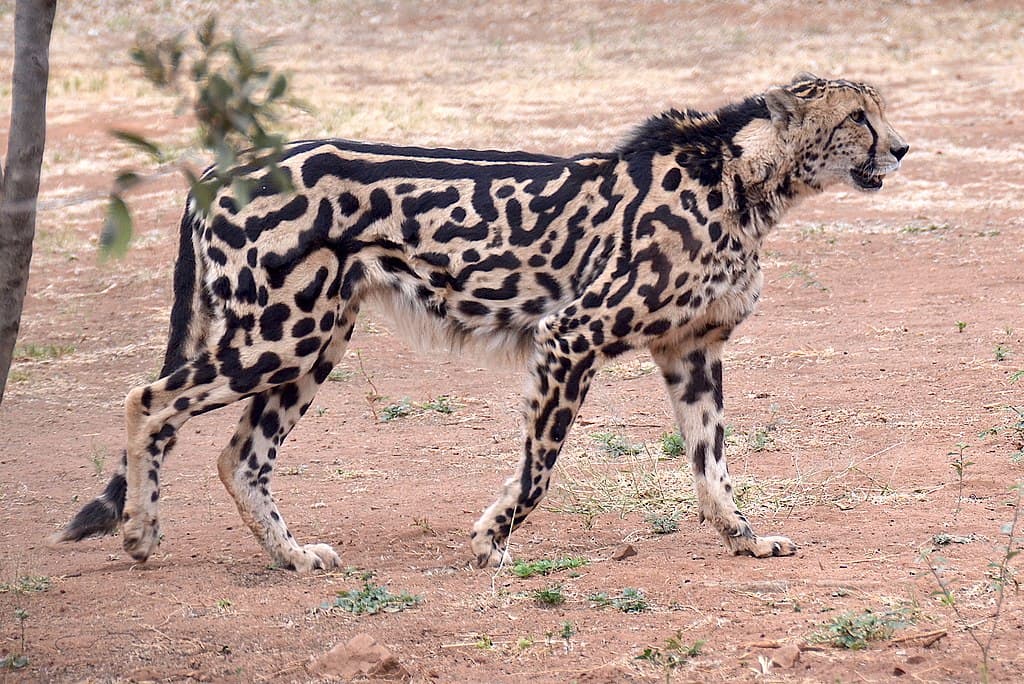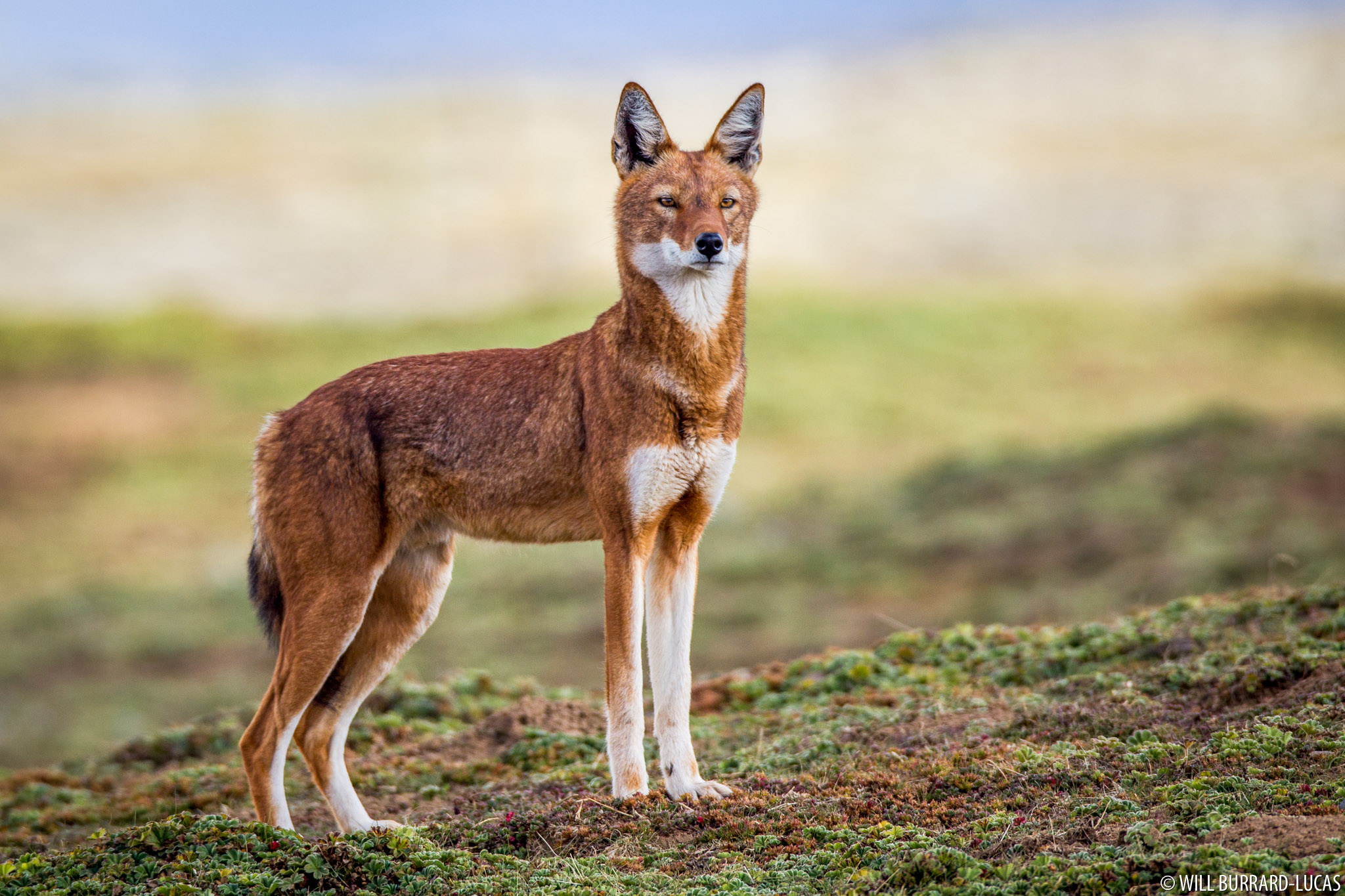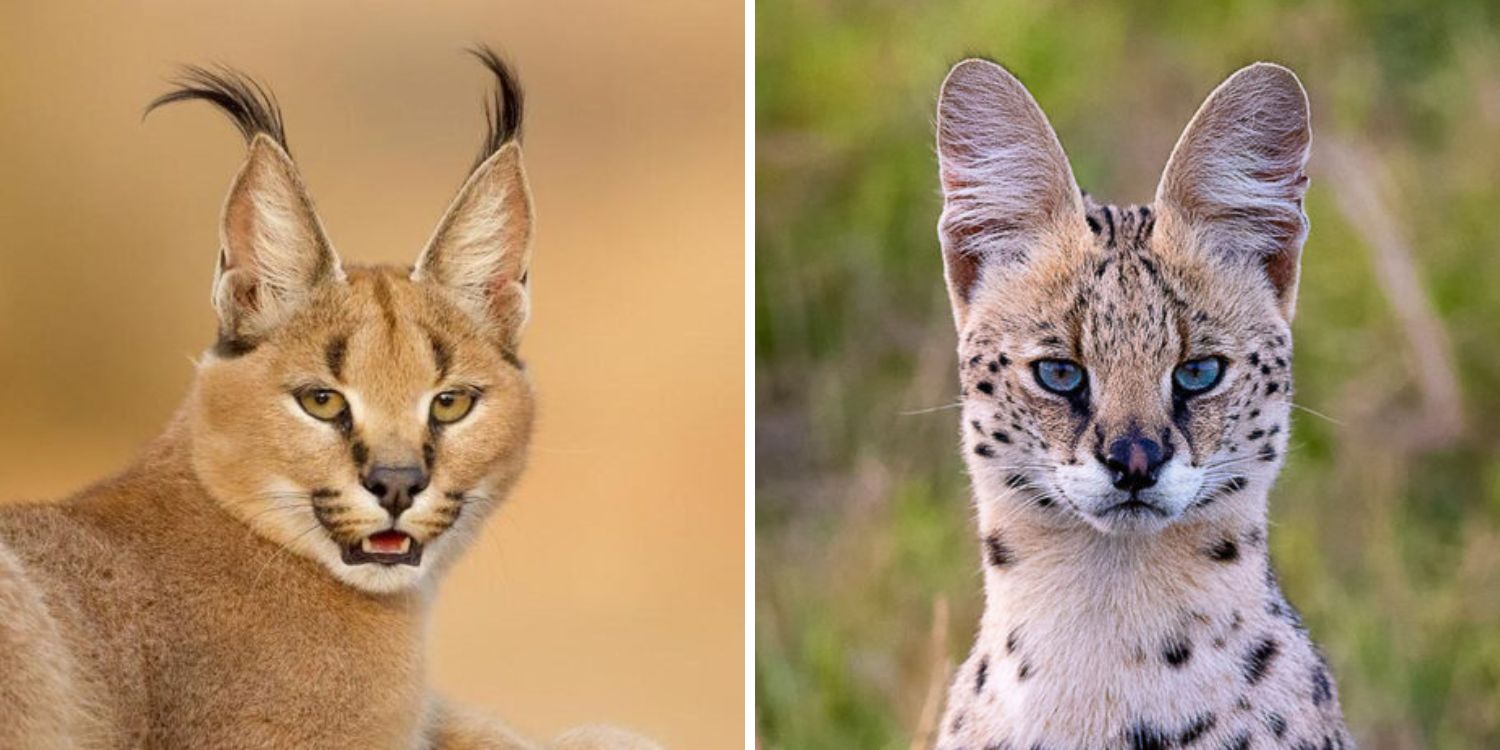
Caracals and servals are two of Africa’s most fascinating wild cats. Both are sleek, stealthy, and equipped with powerful hunting skills—but they’re also quite different in looks, behavior, and habitat. If you’ve ever mixed the two up, you’re not alone. Here’s a closer look at how to tell a caracal from a serval, and what makes each of these wild cats special.
Quick Overview
| Feature | Caracal | Serval |
|---|---|---|
| Size | 35–50 lbs | 20–40 lbs |
| Coat | Solid tan or reddish | Golden with black spots and stripes |
| Ears | Long with black tufts | Large, rounded, black with white spots |
| Legs | Proportional | Very long legs, especially the hind limbs |
| Range | Africa, Middle East, parts of Asia | Sub-Saharan Africa |
| Hunting Style | Ambush and pounce | Stealth and pounce, uses tall legs to see in grass |
| Climbing | Not a great climber | Excellent climber and jumper |
| Sounds | Growls, hisses, purrs | Wide range including chirps, meows, and growls |
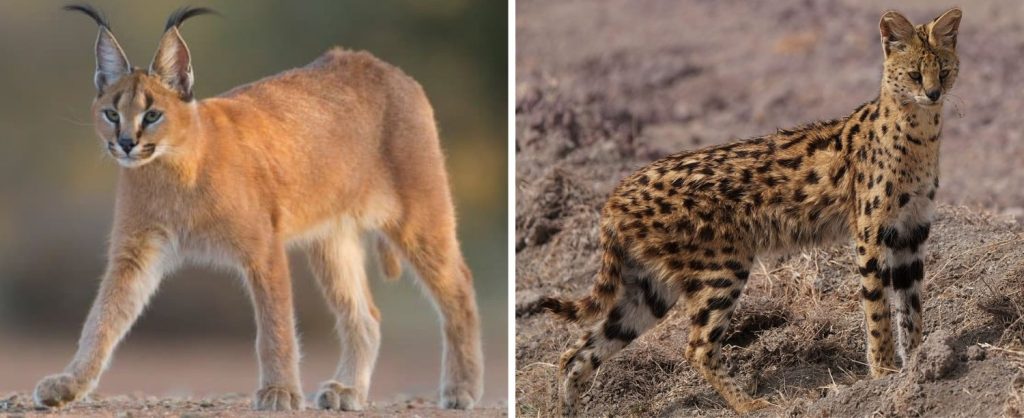
Appearance
Caracals are known for their striking black ear tufts and sleek, uniform coat. Their build is muscular, and they have a regal, almost lynx-like appearance. While they’re sometimes called the “desert lynx,” they aren’t actually a lynx species.
Servals, in contrast, have a golden-yellow coat covered in black spots and stripes, giving them a very “wild” look. Their long legs and necks give them a lanky, elegant build—perfect for spotting prey in tall grass.
Habitat & Range
Caracals are incredibly adaptable. They can be found in dry savannas, forests, and even mountainous regions. Their range spans from sub-Saharan Africa to India and parts of the Middle East.
Servals are more tied to water. They prefer wetlands, savannas, and areas with plenty of tall grass and reeds. Their distribution is mostly limited to Africa, particularly sub-Saharan regions.

Hunting & Diet
Both cats are skilled hunters, but their techniques differ.
Caracals rely on stealth and explosive speed. They’re famous for their ability to leap into the air and snatch birds in flight—sometimes several at once! Their diet includes birds, rodents, and small antelope.
Servals are specialist hunters with a high success rate. Their long legs and rotating ears help them detect the slightest movements and sounds. They hunt mainly rodents, birds, frogs, and insects.
Behavior & Temperament
Both cats are solitary and mostly nocturnal, although servals may also be active at dawn and dusk.
Caracals are more secretive and less vocal, while servals have a wider range of vocalizations. In the wild, neither species is particularly friendly—but they’re sometimes kept in captivity or as exotic pets (not something we recommend).
Are They Related?
Not closely! Despite some similarities, the caracal belongs to a different genus (Caracal) than the serval (Leptailurus). They’re both in the Felidae family but branched off into their own evolutionary paths long ago.
Final Thoughts
The caracal and serval are both uniquely suited to their environments and are masters of survival. The caracal is built for power and precision, while the serval excels in speed and agility. They may be easy to confuse at a glance, but a closer look reveals two very different and captivating cats.
Want more wild cat comparisons? Check out our posts on margays vs ocelots, leopards vs cheetahs, leopards vs jaguars, bobcats vs lynx, and more!
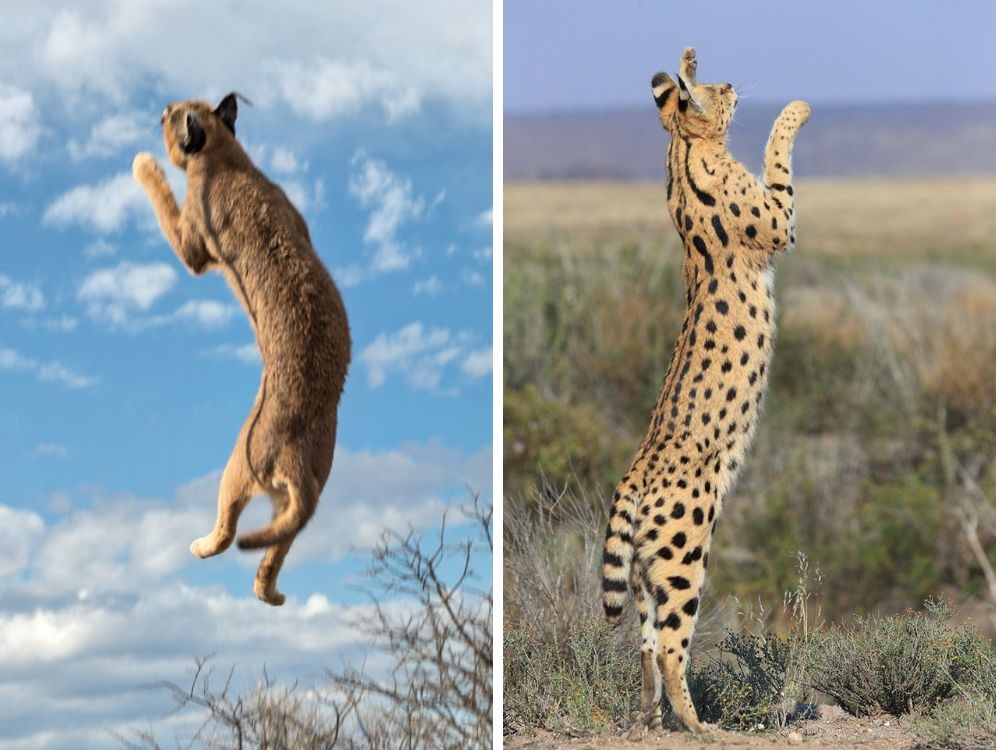
Disclaimer: This blog post is for edutainment purposes only and may not be entirely accurate.


